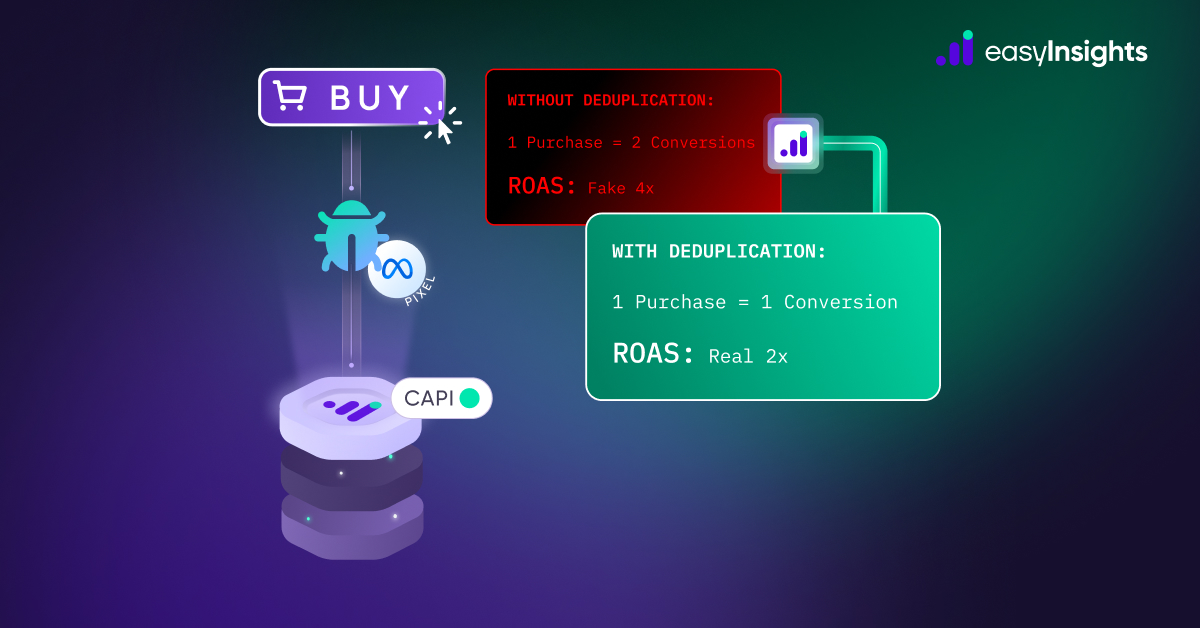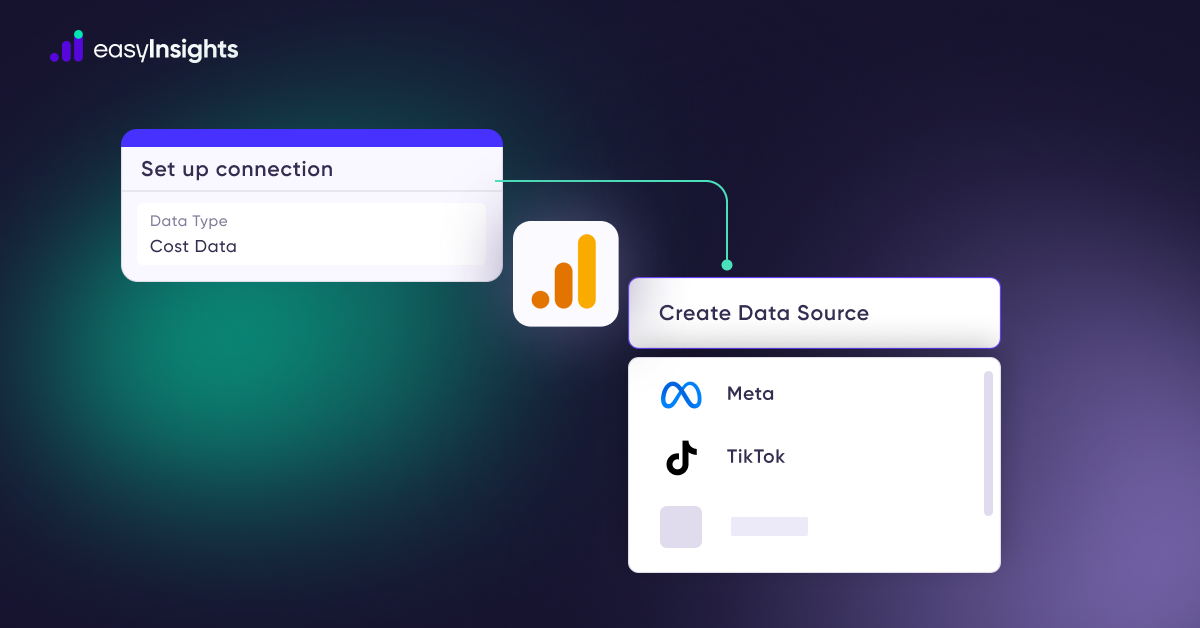Did you know the Google Ads industry is now more than two decades old and has an independent revenue generation of over $40 billion? The numbers are amazing, right? They concisely tell us the power of ads.
Google Ads, as we know them, is an advertising platform where businesses compete to reach more customers using the power of the Google search engine or SEO. If you or anyone around you is into this, you already know its vitality for a digital marketer.
At the same time, it is also crucial that we understand how to make the most of Google Ads, the investment that goes into it, and correctly understand the stats it offers. Keeping this in mind, here’s a list of the most essential Google Ads metrics that you must know all about.
Jump ahead to:
1. Return on advertising spending
As simple as it sounds, your return on investment in advertisements is beneficial to you or your firm. As we understand, Google Ads showcases your winning ad bid to selected sites from over 2 million websites. The purpose is to attract the website viewer/user via the lucrative ad on your website and earn via the purchase made. It is, therefore, one of the best metrics to look out for as a digital marketer.
You can calculate it as follows: Money generated via ads/ Money spent on ads
For a sustained ad campaign, the higher the ratio, the better are the results.
2. Cost per conversion
It’s great that your ads are working and generating revenue, but at what cost? The price being paid for every desired action by the customer on the ad is termed as cost per conversion. It is another decision-driving metric for the campaign and associated goals.
It is important to note that the cost per conversion is highly relative to the campaign goal. It may be used for an email subscription or a direct product purchase. In both cases, the metric will give different results, and numbers vary with the target.
3. Search impression share
After the two critical metrics around the investment in ads, the next step is to make sure your ads are working for the right traffic. It means that suppose you’ve started a campaign for better sales of hiking equipment and, logically, your ad should win the bid and go up on websites that talk about outdoor activities such as hiking and not the ones which talk about insurance.
This relevance of your ad being shown to a related website is termed as search impression share. It could be a nutcracker in the digital world.
Impression share also shows you how the performance of your ads compares with the performance of others’ ads.
This metric is calculated as a ratio between the number of impressions your ad received and the eligible number of impressions for your ad. Any business in percentage should aim for this metric as high as 100%.
4. Conversion rate
Assuming your ads are in place at the right website and attract customers, how often does the landing page on your website make that user complete a purchase? This metric can be understood through the conversion rate.
Conversion rate is the ratio between the number of conversions and total ad interactions that can be tracked to a conversion during the same period. For instance, if your business had 50 conversions and 1,000 interactions, the conversion rate will be 50 ÷ 1,000 = 5%.
In the ideal digital metric slab, a good conversion rate is anything between 2-5%
So far, we have been looking at larger numbers and ratios. These single digits are among the best.
5. Click-Through Rate (CTR)
As the name suggests, this metric conveys how many clicks are recorded against your particular ad.
Click-through rate = clicks / impressions X100
For example, if your ad appeared 300 times and 20 people clicked on it, your CTR is 6.7%.
The ideal good benchmark score for CTR is between 4-8%. This metric is the relevant relationship between the keyword selected for the chosen ad.
Parting advice
Whether you are new to the world of digital marketing working with the Google Ads platform, the above-mentioned metrics can be the core of your next meeting with the boss.
So, get going with these and begin with generating the current statistics. On the way, feel free to use EasyInsights to get metrics from multiple data sources in a single sheet among the many online tools. Find out where the business stands and take the right step. Each of these metrics directly deals with the end customer and the cost incurred at every step.

Curious to see how EasyInsights work? Sign up to Get Started








